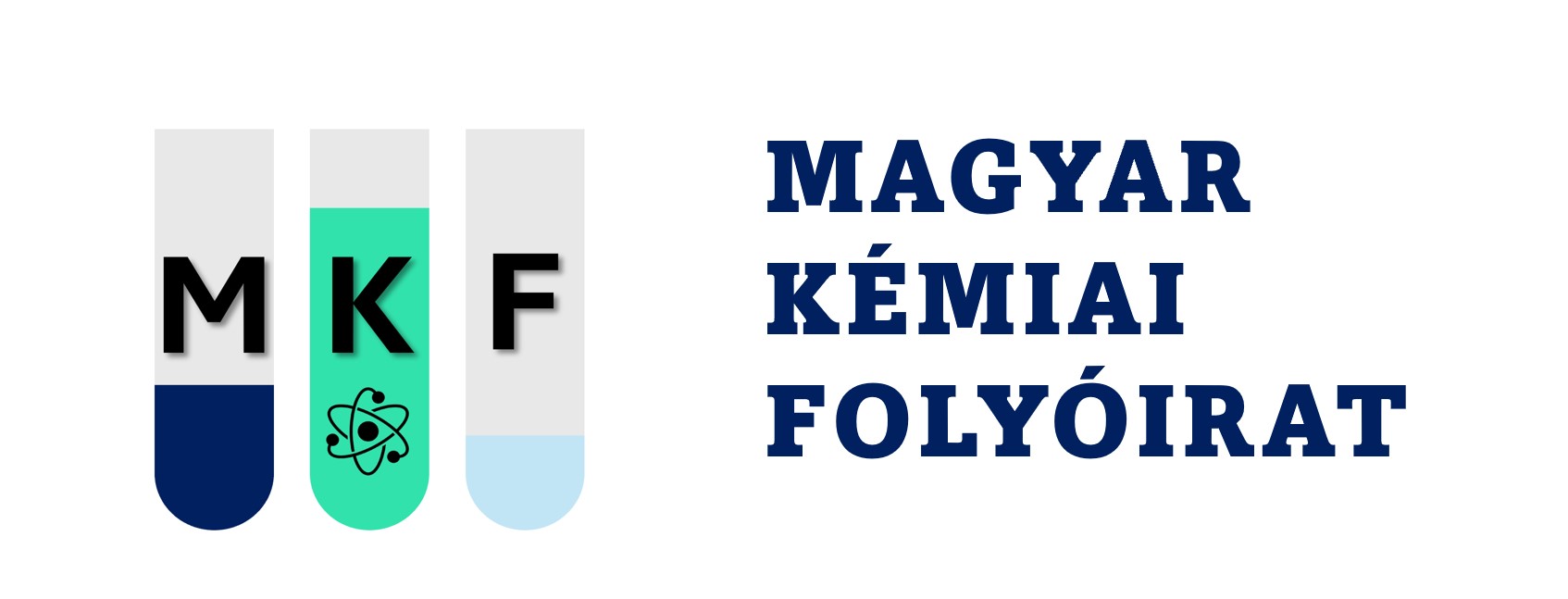Cyclodextrin modulated quorum quenching – Investigation of the effect of α-cyclodextrins on bacterial communication in the Aliivibrio fischeri model system
Abstract
In recent years, the control of bacterial biofilms and bacterial infections has become a challenge in human and veterinary medicine, agriculture, and several fields of industry. This is mainly due to the spread of multidrug-resistant bacterial species, which need to be treated with innovative approaches. This could include cyclodextrin (CD) modulated silencing of the bacterial communication (quorum quenching, QQ), which strategy is based on the molecular encapsulation of the acyl chain of the N-acyl-homoserine lactone (AHL) signals produced during the bacterial communication process (quorum sensing, QS). In our study, we aimed at the systematical assessment and comparative evaluation of the time-, concentration- and structure-dependent quorum quenching effect of α-cyclodextrins on Gram-negative, bioluminescent marine bacteria Aliivibrio fischeri. The effect of several α-cyclodextrins with different structures and, consequently, different properties on the quorum sensing (bioluminescence) of A. fischeri were examined. The effects of cyclodextrins were investigated in microbiological experiments over a wide concentration range at several time points using differentiated methodologies. An analytical method (HPLC-MS/MS analysis) was used to determine the concentration of the most important signals to reveal the molecular processes in the background. Our results show that certain α-cyclodextrins effectively influence the quorum sensing and the phenotypic traits it controls, presumably due to their quorum quenching effect. This is mainly due to that cyclodextrins form an inclusion complex with AHL signal molecules of A. fischeri, thus preventing the formation of specific signal-receptor complexes required for the initiation of the QS pathway. However, the extent of the QQ activity is influenced by, among other factors, the exposure time, the structure and properties of the cyclodextrin molecule, and the cyclodextrin concentration. Furthermore, we have shown that the presence of ACD in the test medium can alter the concentration of different AHL signals. The overall results of our study suggest that cyclodextrin-modulated quorum quenching is a promising biotechnological strategy that could be the fund of different target-specific cyclodextrin-based traps of the future. The widespread application of these innovative molecular traps could not only reduce bacterial proliferation but also turn the tide in the fight against bacterial biofilms and infections.





